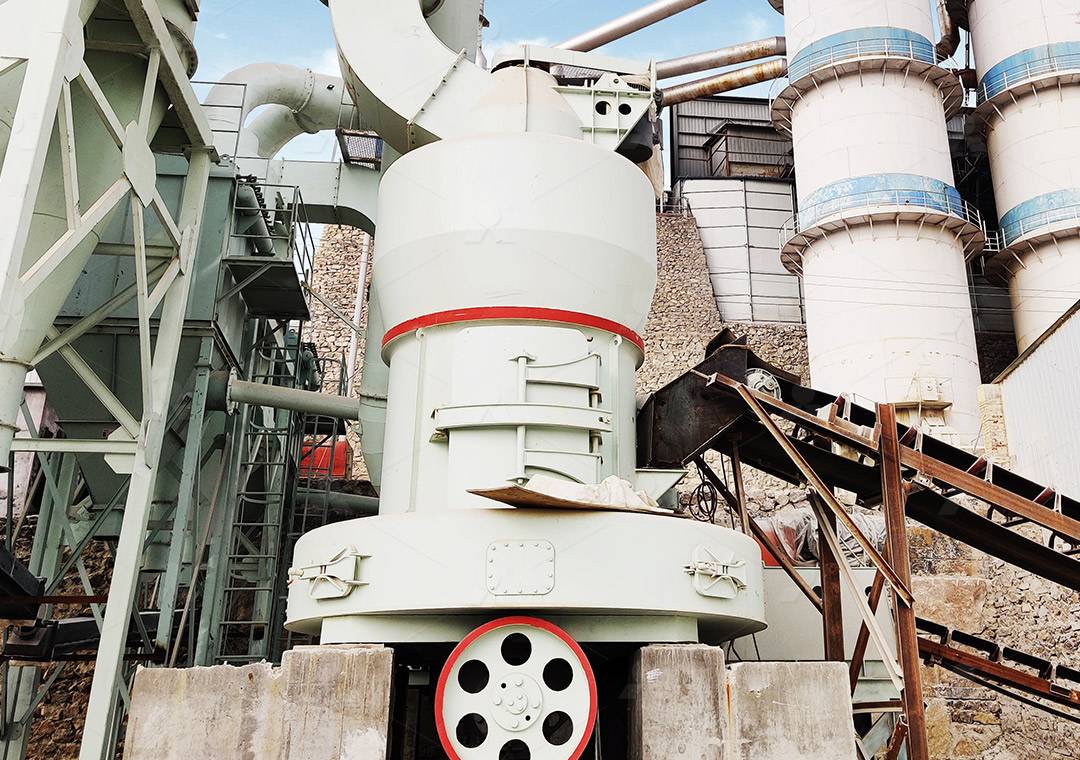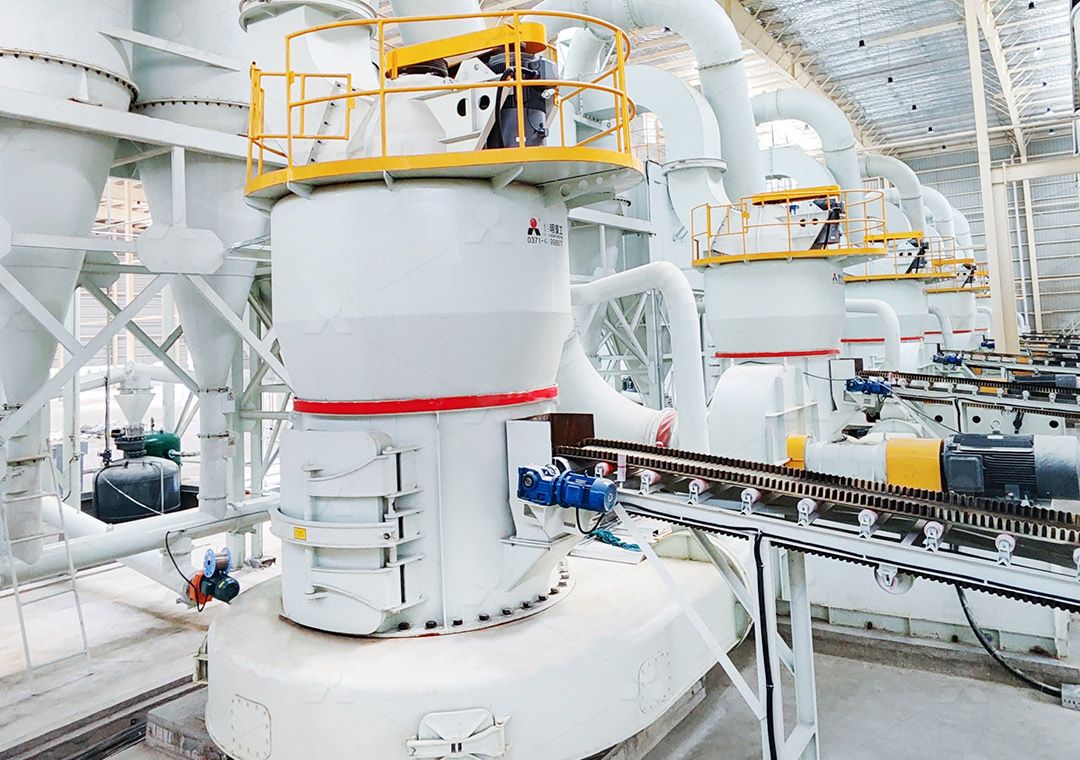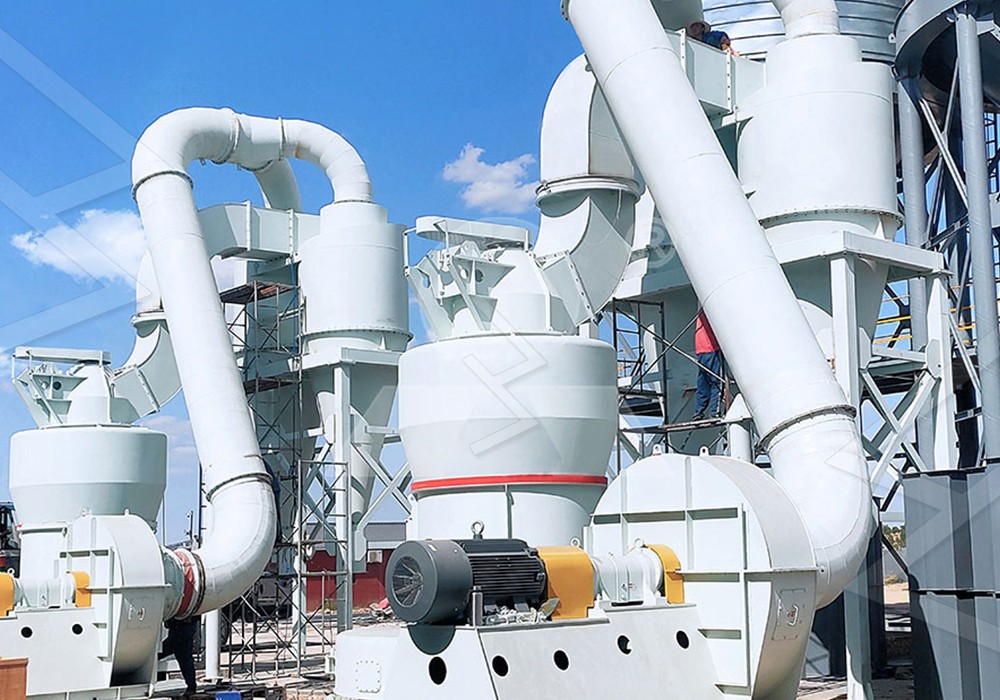Raymond Mill for Grinding Limestone: A Complete Guide
Raymond Mill for Grinding Limestone: A Complete Guide
Limestone grinding represents one of the most fundamental processes in numerous industrial sectors, from construction materials to chemical manufacturing. For decades, Raymond Mill technology has served as the backbone of efficient limestone powder production, offering reliable performance for medium-fine powder requirements. Understanding the capabilities and proper application of this technology is essential for optimizing your production line.

Understanding Limestone Grinding Requirements
Limestone, primarily composed of calcium carbonate (CaCO3), varies in hardness and composition depending on its geological origin. Successful grinding requires equipment that can handle these variations while maintaining consistent particle size distribution. The traditional Raymond Mill design, with its spring-loaded grinding rollers and centrifugal classification system, has proven particularly effective for processing limestone to fineness levels between 80-400 mesh.
Modern Raymond Mills have evolved significantly from their original designs. Today’s models incorporate advanced features like centralized electronic control systems, improved grinding curve designs, and more efficient powder separators. These enhancements have expanded their application range while maintaining the operational simplicity that made the original design so popular.
Key Considerations for Limestone Grinding Operations
When selecting grinding equipment for limestone, several factors demand careful consideration. Moisture content significantly impacts grinding efficiency, with most Raymond Mills handling materials containing up to 6% moisture without requiring additional drying equipment. The abrasiveness of your specific limestone deposit will influence wear part longevity, while the required production capacity and final product fineness will determine the appropriate mill size and configuration.
Operating costs represent another critical consideration. While Raymond Mills generally offer lower initial investment compared to some alternative technologies, their energy consumption per ton of product and maintenance requirements vary considerably between models. Modern designs focus on optimizing these factors through improved mechanical efficiency and wear-resistant materials.

Advanced Solutions for Enhanced Performance
For operations requiring higher capacity or finer products, our MW Ultrafine Grinding Mill presents an excellent alternative or complementary solution. With an input size capability of 0-20 mm and capacity ranging from 0.5-25 tph, this advanced mill achieves fineness between 325-2500 meshes – far exceeding traditional Raymond Mill capabilities. Its innovative design eliminates rolling bearings and screws in the grinding chamber, significantly reducing maintenance concerns and potential failure points.
The MW Ultrafine Grinding Mill incorporates German cage-type powder selector technology, ensuring precise particle separation and consistent product quality. For limestone applications requiring ultra-fine powders for specialized industrial uses, this equipment delivers higher yielding at lower energy consumption – achieving 40% higher production capacity than jet grinding mills with system energy consumption reduced to just 30% of comparable technologies.
Optimizing Your Grinding Process
Successful limestone grinding operations extend beyond equipment selection. Proper feed size control through preliminary crushing, consistent material feeding rates, and appropriate air system configuration all contribute to optimal performance. Modern grinding mills incorporate automated control systems that maintain stable operation despite variations in feed material characteristics.
Environmental considerations have become increasingly important in grinding operations. Contemporary designs address these concerns through integrated pulse dust collectors and noise reduction technologies. Our MW Ultrafine Grinding Mill, for instance, features efficient pulse dust collection that eliminates dust pollution throughout the entire milling system, complemented by silencers and noise elimination rooms that ensure compliance with environmental standards.

Frequently Asked Questions
What is the typical fineness range achievable with Raymond Mills for limestone?
Traditional Raymond Mills typically produce limestone powder in the 80-400 mesh range. For finer applications up to 2500 meshes, our MW Ultrafine Grinding Mill provides superior performance with precise particle size control.
How does moisture content affect limestone grinding operations?
Most Raymond Mills effectively handle limestone with moisture content up to 6%. Higher moisture levels may require pre-drying equipment to maintain optimal grinding efficiency and prevent material buildup in the mill.
What maintenance considerations are specific to limestone grinding?
Limestone’s moderate abrasiveness necessitates regular inspection of grinding rolls and rings. Modern mills like our MW series feature designs without rolling bearings in the grinding chamber, significantly reducing maintenance requirements and potential failure points.
Can the same equipment handle different mineral materials besides limestone?
Yes, Raymond Mills and their advanced counterparts like the MW Ultrafine Grinding Mill effectively process various non-metallic minerals including calcite, dolomite, barite, and talc, often with minimal adjustments to operating parameters.
What advantages do modern grinding mills offer over traditional Raymond Mills?
Contemporary designs provide significantly higher energy efficiency, reduced maintenance requirements, broader fineness adjustment ranges, and comprehensive environmental protection features. The MW Ultrafine Grinding Mill, for example, offers 40% higher production capacity with 30% lower energy consumption compared to traditional technologies.
